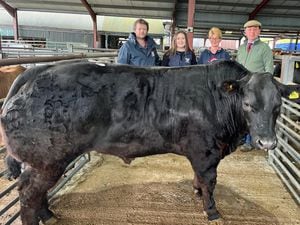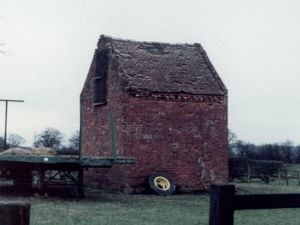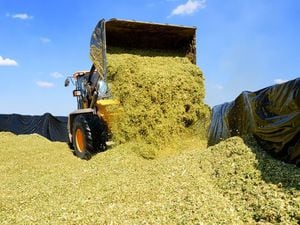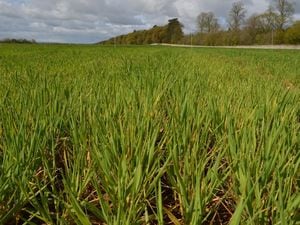The vexed question of green belt land
Greenbelt designated land is a 70-year old planning policy brought in to prevent urban sprawl from the major conurbations by way of keeping the land permanently open.

At various times the greenbelt policy has been criticised for reducing the amount of land available for building houses and therefore resulting in higher house prices. There has been equal criticism of attempts to water down the greenbelt policy over many years.
The West Midlands conurbation includes significant areas of greenbelt around its edges including the Midlands counties surrounding Birmingham and parts of Shropshire and Staffordshire.
The Government’s planning policy for greenbelt is set out in section 9 of the National Planning Policy Framework which among other things states that new building should be considered “inappropriate” for the greenbelt although there are some exceptions such as for farm buildings and limited infill in villages.
Quite recently the Prime Minister’s office declared that protecting the greenbelt is “paramount” and ministers attach great importance to the maintaining the policy. However for many years there have been examples where the outer boundaries of English greenbelts have been moved further out to extend over other land so as to release former inner greenbelt for development. Effectively there has been some urban sprawl and those landowners further out have been made subject to the imposition of replacement greenbelt. It is unlikely this was ever the intention of the original policy.
There are strong arguments either way but otherwise the background has to be considered. Although it is important to be wary of statistics, there is one projection which states that a further 210,000 households will be created every year up to 2039 (a household comprising one or more persons in a residential unit). Residential unit building projections have indicated 190,000 new residential units will be needed each year and this in itself would therefore leave a housing shortfall.
There remains the separate potential for substantial building around towns and cities which do not have greenbelt but which are subject to the stringent planning controls.
However several reports from significant bodies acting for large-scale development have indicated that the greenbelt protection should be slackened to allow greater freedom for large scale housebuilders. This in turn has led to challenge from environmental groups who dispute the statistics. There is also the argument as to why the country towns should not take the additional building, but they often have poorer overall infrastructure.
This issue will in the future be subject to increasing debate and concern for those living in or beside greenbelt land or involved with its potential for the future.
Steven Corfield is a partner and agricultural specialist at Shropshire law firm FBC Manby Bowdler LLP





